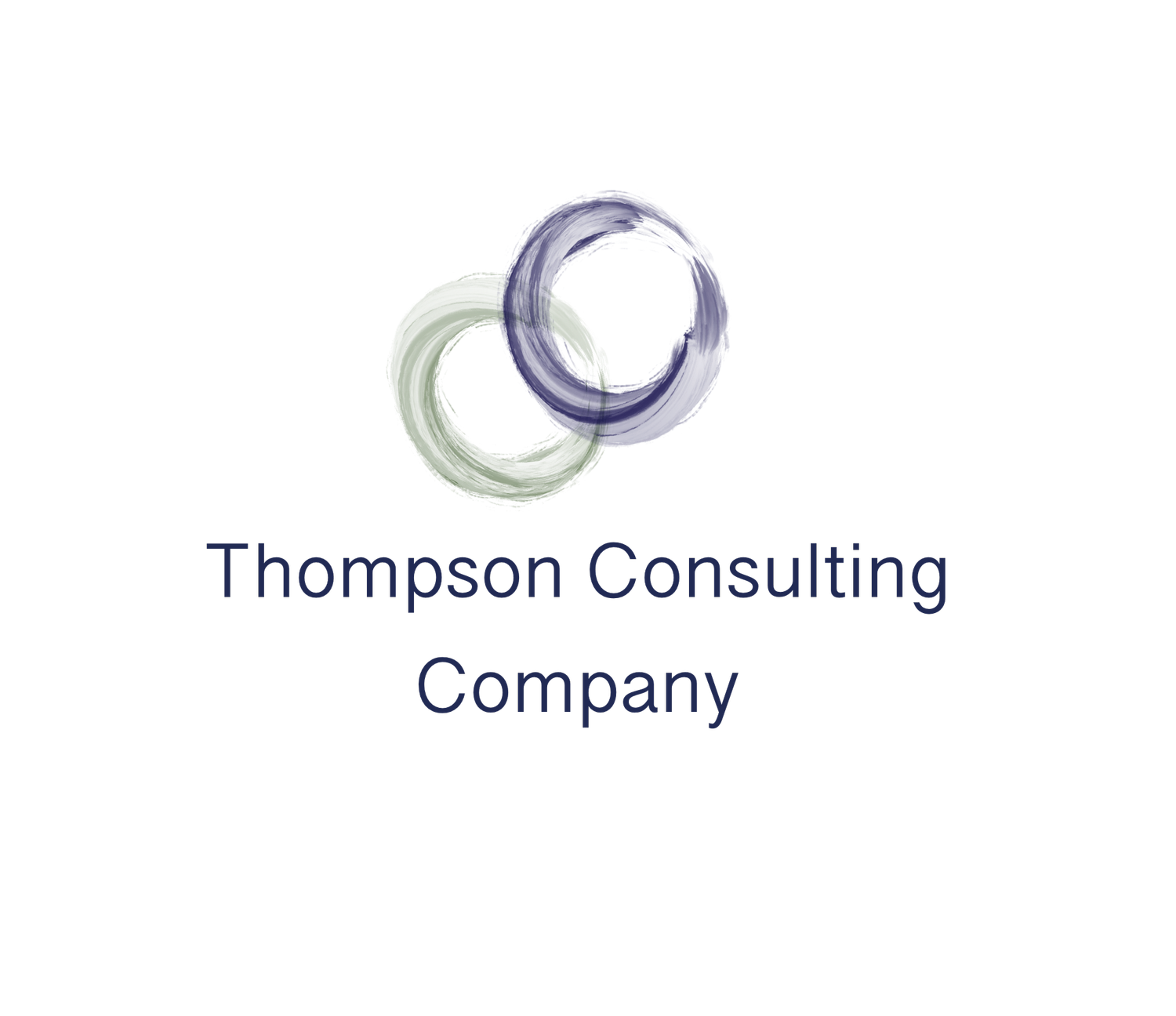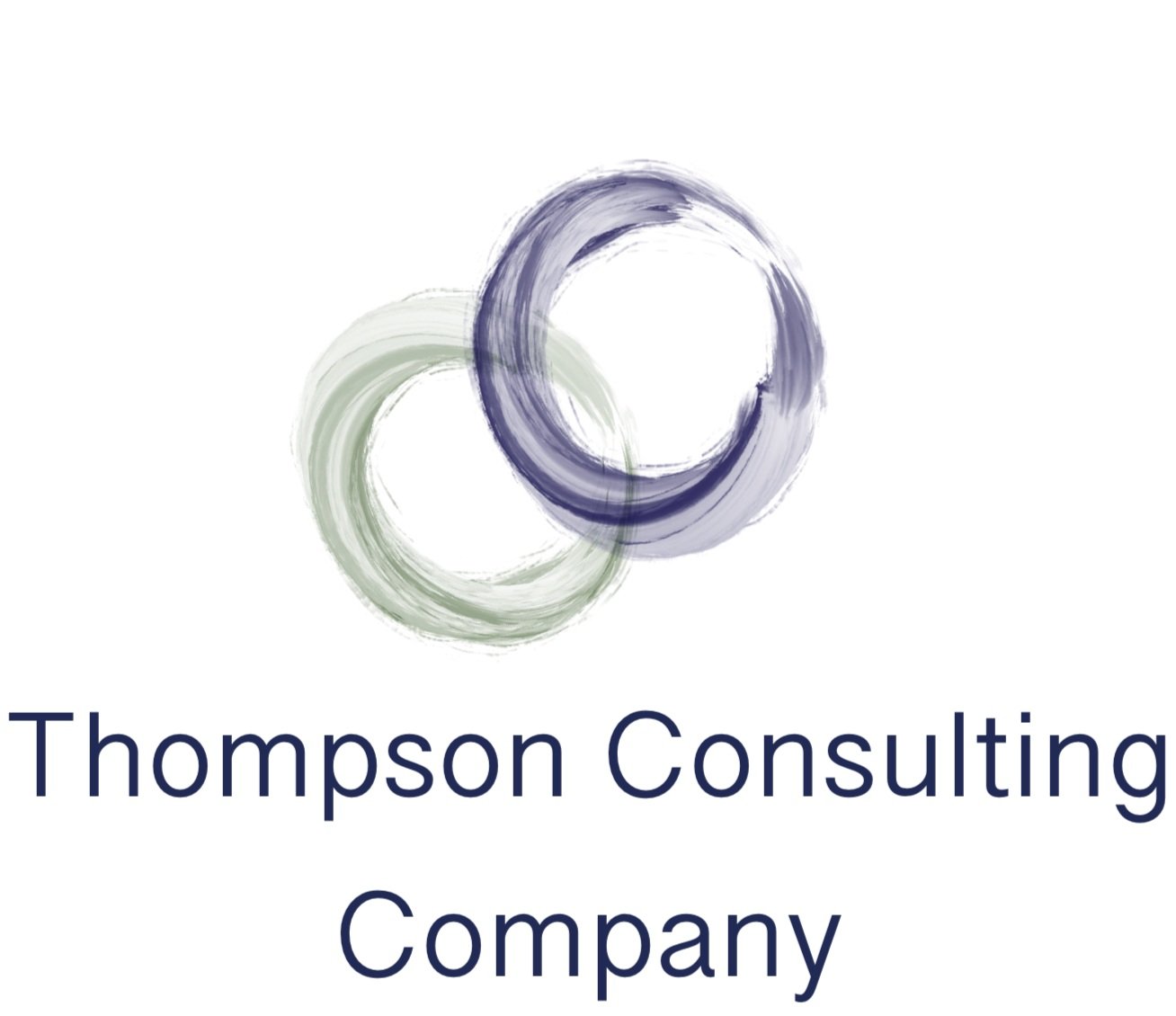Is Leadership Training the Right Solution?
If you need to cut a piece of wood, you need a saw, not a hammer. If you need to drive a nail into a piece of wood, you need a hammer, not a saw. And if you’re building something, you probably need both.
You need different tools for different jobs, and yet as Abraham Maslow reminds us, “If the only tool you have is a hammer, you tend to see every problem as a nail.”
Leadership development is important, and too many leaders and organizations are narrowly focused on training as the primary or even exclusive tool of intervention. Whatever the cultural, leadership, or organizational problem is, training easily becomes the de facto solution because it’s sometimes seen as mostly what’s on offer. But good training, as valuable as it is, is not the answer to everything. Some problems aren’t “nails”, and while many problems certainly have nails involved and thus benefit from a hammer, other tools must be used in tandem to effectively get results.
Always start with the results you’re looking to achieve. “Provide leadership training for leaders” is an action, not a goal. There are endless topics you could train leaders on, too. Without digging a little deeper into the desired results, the intervention is unlikely to be a good match for the job. But when you start with the results you’re looking for, you can choose the right tool or tools for the job.
As a consultant who helps organizations with a number of leadership and organizational development related projects, I say confidently from experience that when you focus mostly on getting the results you want, you’re much more likely to choose the right intervention. It’s about more than just training or picking the right topics. It’s about picking the right tool to get you where you’re going. It could be individually coaching a leader, or coaching a group of leaders. It could be developing the executive team. It could be facilitating decision making and advising the communication of those decisions. It could be change management consulting that includes multi-faceted implementation of a specific initiative. It could be designing processes, planning and implementing structural changes, conflict resolution, or broad organizational assessment that tells you more accurately what the organization needs.
The goal is not to do leadership development. The goal is to get results, whether the tool that will get those results is training or something else.
Is the goal to retain skilled leaders by providing development opportunities to them? If so, did we ask what development opportunities they wanted before we decided what training to provide?
Is the goal to improve communication? If so, did we start by making informed decisions about standard communication practices in our organization? Is decision making and policy setting a part of the intervention, along with training that supports the desired results?
Is the goal to increase employee engagement? If so, have we evaluated which leadership skills and practices contribute most to employee engagement, and any specific nuances that exist in our industry or in our organization?
Is the goal to promote psychological safety in our culture? If so, are we simply planning on training people on psychological safety, or are we also thinking about ways of measuring psychological safety and setting organizational norms and expectations that promote it as part of our culture?
If you’re just doing training and not seeing the results you hoped for, consider the possibility that you’re using a hammer to cut the wood, drive the nail, and paint the wood instead of utilizing the right combination of tools to achieve the desired results.

